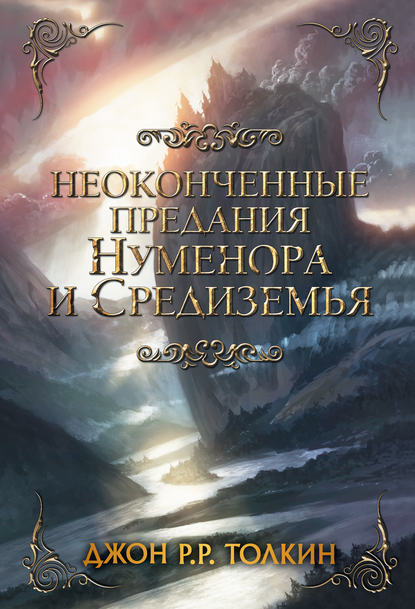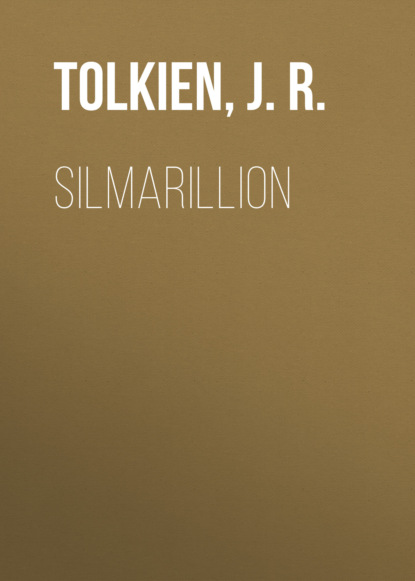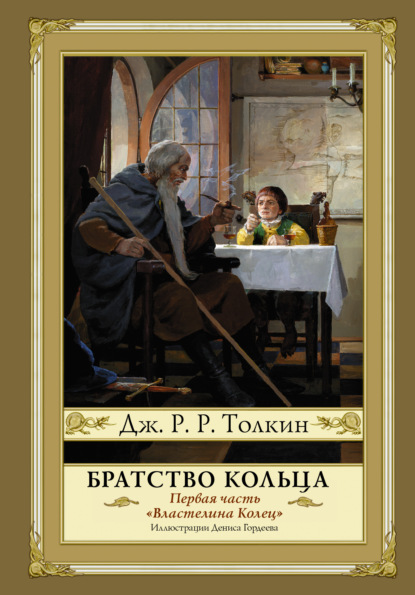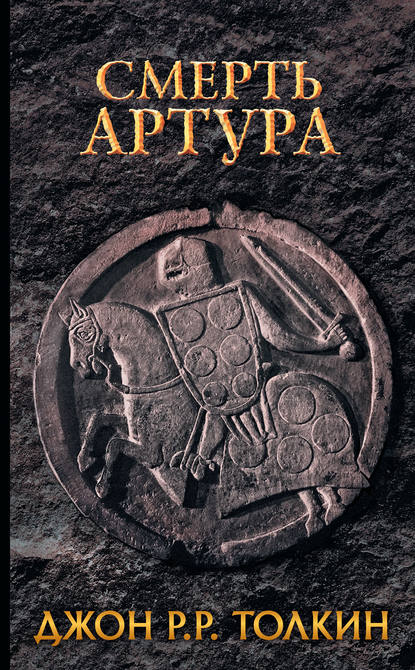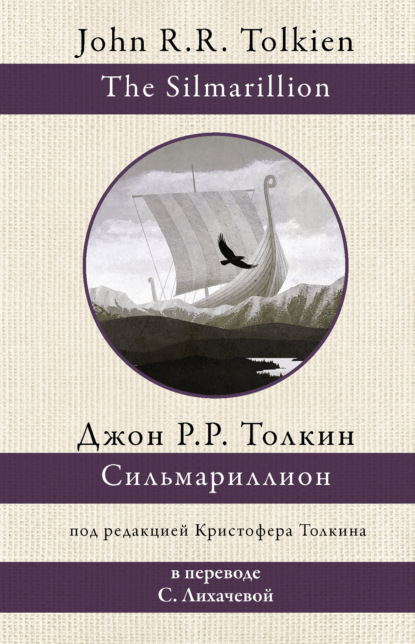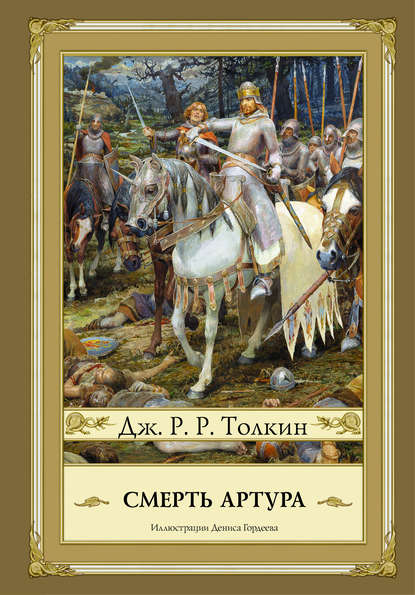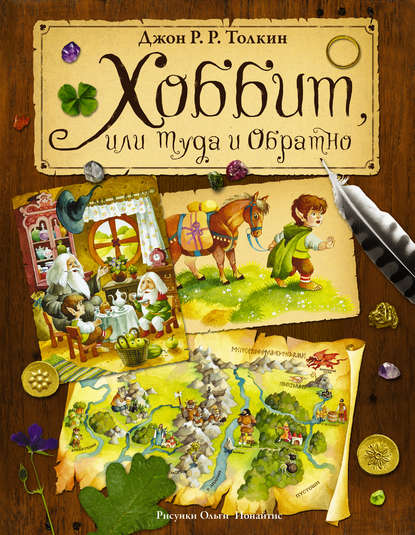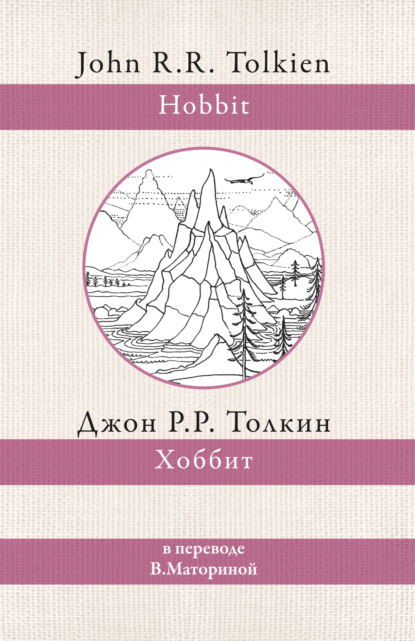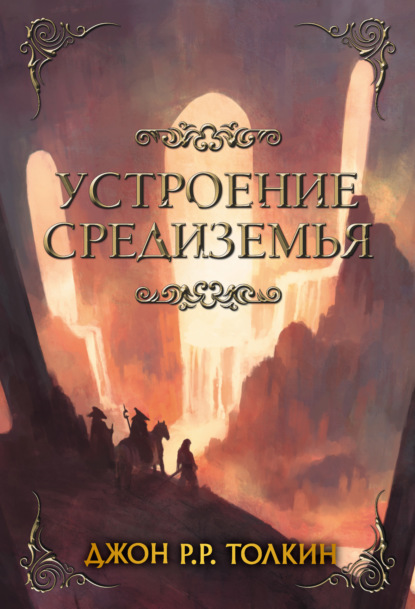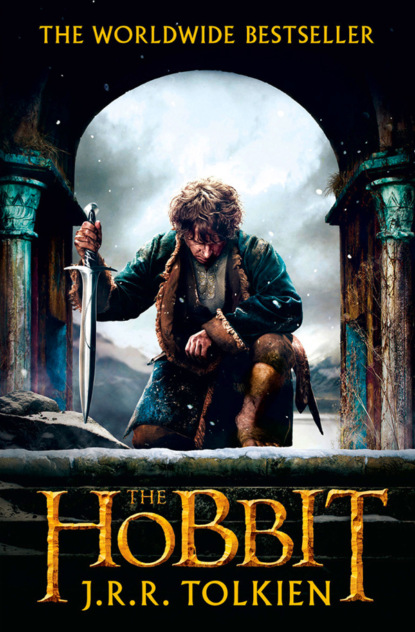
Полная версия
The Hobbit


COPYRIGHT
HarperCollinsPublishers 1 London Bridge Street
London SE1 9GF
www.tolkien.co.uk
This new reset edition is based on the edition
first published in 1995
First published by HarperCollinsPublishers 1991 Fifth edition (reset) 1995
First published in Great Britain by George Allen & Unwin 1937
Second edition 1951
Third edition 1966
Fourth edition 1978
Copyright © The Tolkien Estate Limited 1937, 1965

Cover Design © Warner Bros. Entertainment inc. All Rights Reserved
(s14)
All rights reserved under International and Pan-American Copyright Conventions. By payment of the required fees, you have been granted the non-exclusive, non-transferable right to access and read the text of this e-book on-screen. No part of this text may be reproduced, transmitted, down-loaded, decompiled, reverse engineered, or stored in or introduced into any information storage and retrieval system, in any form or by any means, whether electronic or mechanical, now known or hereinafter invented, without the express written permission of HarperCollins e-books.
HarperCollinsPublishers has made every reasonable effort to ensure that any picture content and written content in this ebook has been included or removed in accordance with the contractual and technological constraints in operation at the time of publication.
Source ISBN: 9780007525492
Ebook Edition © MARCH 2009 ISBN: 9780007322602
Version: 2015-01-19
The Hobbit is a tale of high adventure, undertaken by a company of dwarves, in search of dragon-guarded gold. A reluctant partner in this perilous quest is Bilbo Baggins, a comfort-loving, unambitious hobbit, who surprises even himself by his resourcefulness and his skill as a burglar.
Encounters with trolls, goblins, dwarves, elves and giant spiders, conversations with the dragon, Smaug the Magnificent, and a rather unwilling presence at the Battle of the Five Armies are some of the adventures that befall Bilbo. But there are lighter moments as well: good fellowship, welcome meals, laughter and song.
Bilbo Baggins has taken his place among the ranks of the immortals of children’s fiction. Written for Professor Tolkien’s own children, The Hobbit met with instant acclaim when published. It is a complete and marvellous tale in itself, but it also forms a prelude to The Lord of the Rings.
‘One of the most influential books of our generation’
The Times
CONTENTS
COVER PAGE
TITLE PAGE
COPYRIGHT
LIST OF ILLUSTRATIONS
NOTE ON THE TEXT
AUTHOR’S NOTE
CHAPTER I: AN UNEXPECTED PARTY
CHAPTER II: ROAST MUTTON
CHAPTER III: A SHORT REST
CHAPTER IV: OVER HILL AND UNDER HILL
CHAPTER V: RIDDLES IN THE DARK
CHAPTER VI: OUT OF THE FRYING-PAN INTO THE FIRE
CHAPTER VII: QUEER LODGINGS
CHAPTER VIII: FLIES AND SPIDERS
CHAPTER IX: BARRELS OUT OF BOND
CHAPTER X: A WARM WELCOME
CHAPTER XI: ON THE DOORSTEP
CHAPTER XII: INSIDE INFORMATION
CHAPTER XIII: NOT AT HOME
CHAPTER XIV: FIRE AND WATER
CHAPTER XV: THE GATHERING OF THE CLOUDS
CHAPTER XVI: A THIEF IN THE NIGHT
CHAPTER XVII: THE CLOUDS BURST
CHAPTER XVIII: THE RETURN JOURNEY
CHAPTER XIX: THE LAST STAGE
KEEP READING
WORKS BY J.R.R. TOLKIEN
ABOUT THE PUBLISHER
ILLUSTRATIONS
Thror’s Map
The Trolls
The Mountain-path
The Misty Mountains looking West
Beorn’s Hall
The Elvenking’s Gate
Lake Town
The Front Gate
The Hall at Bag-End
Map of Wilderland
NOTE ON THE TEXT
The Hobbit was first published in September 1937. Its 1951 second edition (fifth impression) contains a significantly revised portion of Chapter V, “Riddles in the Dark,” which brings the story of The Hobbit more in line with its sequel, The Lord of the Rings, then in progress. Tolkien made some further revisions to the American edition published by Ballantine Books in February 1966, and to the British third edition (sixteenth impression) published by George Allen & Unwin later that same year.
For the 1995 British hardcover edition, published by HarperCollins, the text of The Hobbit was entered into word-processing files, and a number of further corrections of misprints and errors were made. Since then, various editions of The Hobbit have been generated from that computerized text file. For the present text, that file has been compared again, line by line, with the earlier editions, and a number of further corrections have been made to present a text that, as closely as possible, represents Tolkien’s final intended form.
Readers interested in details of the changes made at various times to the text of The Hobbit are referred to Appendix A, “Textual and Revisional Notes,” of The Annotated Hobbit (1988), and J. R. R. Tolkien: A Descriptive Bibliography by Wayne G. Hammond, with the assistance of Douglas A. Anderson (1993).
Douglas A. Anderson
May 2001
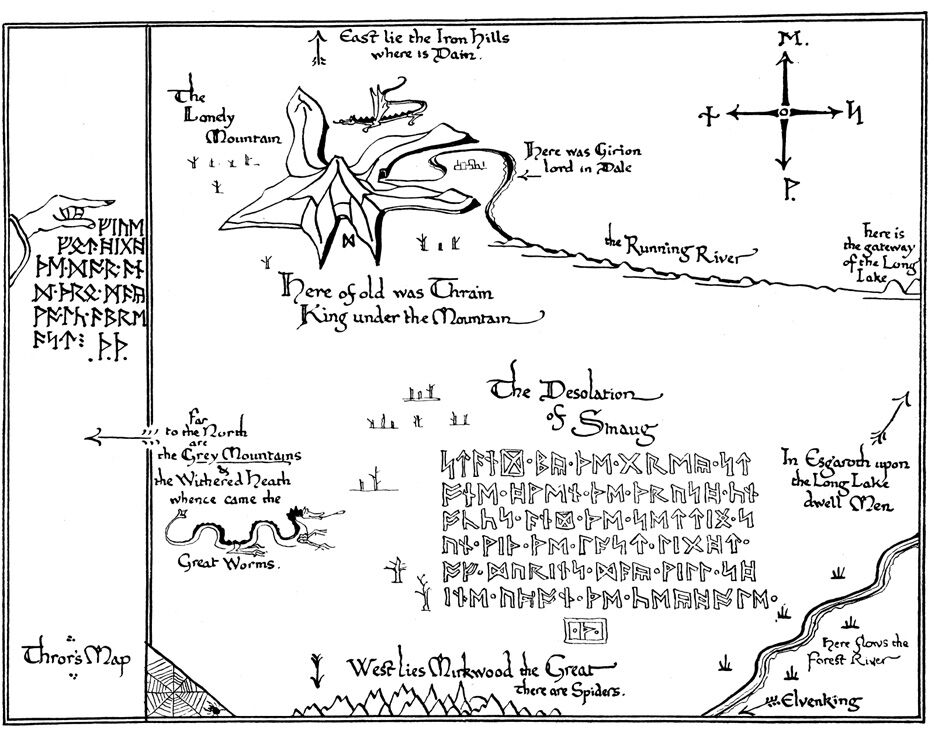
AUTHOR'S NOTE

This is a story of long ago. At that time the languages and letters were quite different from ours of today. English is used to represent the languages. But two points may be noted. (1) In English the only correct plural of dwarf is dwarfs, and the adjective is dwarfish. In this story dwarves and dwarvish are used*, but only when speaking of the ancient people to whom Thorin Oakenshield and his companions belonged. (2) Orc is not an English word. It occurs in one or two places but is usually translated goblin (or hobgoblin for the larger kinds). Orc is the hobbits’ form of the name given at that time to these creatures, and it is not connected at all with our orc, ork, applied to sea-animals of dolphin-kind.
Runes were old letters originally used for cutting or scratching on wood, stone, or metal, and so were thin and angular. At the time of this tale only the Dwarves made regular use of them, especially for private or secret records. Their runes are in this book represented by English runes, which are known now to few people. If the runes on Thror’s Map are compared with the transcriptions into modern letters† †, the alphabet, adapted to modern English, can be discovered and the above runic title also read. On the Map all the normal runes are found, except







The last two runes are the initials of Thror and Thrain. The moon-runes read by Elrond were:

On the Map the compass points are marked in runes, with East at the top, as usual in dwarf-maps, and so read clockwise: E(ast), S(outh), W(est), N(orth).
Конец ознакомительного фрагмента.
Текст предоставлен ООО «ЛитРес».
Прочитайте эту книгу целиком, купив полную легальную версию на ЛитРес.
Безопасно оплатить книгу можно банковской картой Visa, MasterCard, Maestro, со счета мобильного телефона, с платежного терминала, в салоне МТС или Связной, через PayPal, WebMoney, Яндекс.Деньги, QIWI Кошелек, бонусными картами или другим удобным Вам способом.



